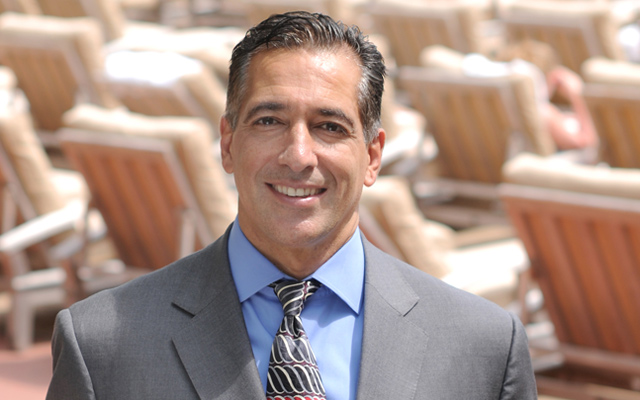In any situation — business, politics, social dynamics, life — there are bound to be leaders, adopters and followers. And as much as many of us would like to think of ourselves as born leaders, it turns out that true trailblazers are few and far between.
By definition, leaders represent a tiny minority — in most situations, just 1 or 2 percent of a given population. Early adopters are relatively rare, too — usually 15 percent or less of a population. Which means that most of the time, whether we like it or not, about 85 percent of us are fated to spending most of our lives in a follower role.
This isn’t necessarily a bad thing. Leading takes incredible energy, focus and commitment. It’s simply not something that anyone can manage to do ceaselessly or in every part our lives. And there’s no reason we should.
Just as cyclists at the lead of a bike race must take turns leading and drafting behind each other to conserve energy for their next sprint, we must each be selective about the areas in which we are most inclined and committed to lead, and be realistic about those areas we’re less confident, capable or interested in breaking trail.
Even the most extraordinary leaders tend to lead in only one or two areas of their lives at a time. Take Einstein, for example. He was a pioneering thought leader in the realms of science, mathematics and physics — and yet complied with many of the norms of his day. He dressed more or less like everyone else in his era; I would guess he ate pretty normally; he did not win any sporting competitions that I’m aware of. And we don’t think less of him for any of that.
The truth is, there’s a time and place for each of us to lead, to adopt and to follow. And it’s for this reason we must become keenly aware of how powerfully we are influenced by the forces outside of us. Because in those times and spheres where we are not leading, we are far less likely to question or challenge the status quo. We’re far more likely to adopt those choices that represent the path of least resistance.
Even if we act as bold leaders in certain areas of our lives, in most other areas, our behaviors will be heavily shaped by our surroundings. We will come to accept as “normal” whatever patterns and choices are most pervasive. We will tend, for better or for worse, to simply do whatever we see others doing.
If you are surrounded by people who play cards, sooner or later you’ll end up playing cards. If you’re surrounded by people who do yoga, you’ll probably wind up doing yoga. The same holds true for eating vegetables or fast food, reading a book or watching TV, doing triathlons or doing time, getting rich or going broke.
If the people around you are doing it, talking about it, even thinking about it, in some way, to some extent, it’s going to become a part of your reality, too.
That’s why it’s so important to recognize the power of the influences we wind up following without realizing it. It’s also why we must make conscious decisions about where and with whom we spend our time.
Particularly in those domains of your life that are important to you — where you want to experience positive change, but where you don’t yet possess the strengths, skills and instincts you need to lead — you must take the initiative to become a discerning and deliberate adopter instead.
In the areas where you want to experience improvement, strive to surround yourself with people who have achieved a level of success you’d like to emulate and who have already integrated the knowhow and habits necessary for mastery in that realm.
This is true whether you are committed to financial success, relationship success, or health and fitness success. (For more on that last point, be sure to read “A Healthy Kind of Contagious.”)
The more important it is for you to achieve success in a particular area of your life, the more essential it is that you definitively align all the elements of your life — physical, mental, emotional, spiritual and social — with that vision.
That may mean you need to make changes to how, where and with whom you spend your time. It may mean you have to begin questioning choices you’ve always taken for granted. It may mean you need to start looking for new role models, and trying on new ways of thinking, acting and choosing. For a while, it may mean being incredibly uncomfortable.
But the more you do these things, the more you will find yourself becoming a leader in your own life. You will find yourself blazing trails in realms where you were once content to blindly follow. And instead of blocking yourself from the rewards you want and deserve, you will have mastered a rare and important art — the art of getting out of your own way.




This Post Has 0 Comments